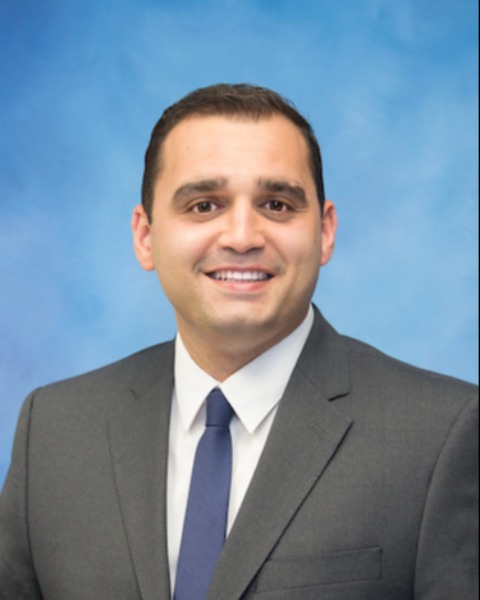Laparoscopic Cholecystectomy in the Time of Coronavirus: A Level 1 Trauma Center’s Experience
-

-
SO
Samantha Olafson, MD
Surgical Resident
Einstein Healthcare Network, United StatesDisclosure information not submitted.
-
CW
-
MK
Mark Kaplan, MD
Chair of Trauma and Surgical Critical Care
Einstein Medical Center Philadelphia, United StatesDisclosure information not submitted.
-
BM
Benjamin Moran, MD
Assistant Professor of Surgery
Albert Einstein Medical Center, United StatesDisclosure information not submitted.
-
JS
Jay Strain, MD, FACS
Assistant Professor of Surgery
Einstein Healthcare Network, United StatesDisclosure information not submitted.
-
AP
Afshin Parsikia, MD, MPH
Director of Surgical Research
Einstein Healthcare Network, United StatesDisclosure information not submitted.
-
PL
Pak Shan Leung, MD, MS, FACS
Associate Chair of Trauma and Surgical Critical Care
Einstein Medical Center Philadelphia, United StatesDisclosure information not submitted.
First Author(s)
Co-Author(s)
Title: Laparoscopic Cholecystectomy in the Time of Coronavirus: A Level 1 Trauma Center’s Experience
Introduction: With the rise of the COVID-19 pandemic, it is important to understand the unforeseen hurdles that may be incurred on the healthcare system. Laparoscopic cholecystectomy (LC), one of the most common surgical procedures performed in the U.S., offers a window into the effects of the pandemic on routine surgical care. We hypothesized that limited resources during the COVID-19 pandemic would have negatively impacted hospital efficiency in dealing with common surgical problems. The purpose of our study was to analyze the effects of the COVID-19 pandemic at a Level-1 trauma center on the performance rate of LC over time.
Methods: A retrospective chart review from July 2019 to December 2020 identified all non-elective LC cases performed at a level-1 trauma center. To chart the performance rate of LC, we used 4 sequential temporal phases based on statewide incidence data on COVID-19: pre-pandemic, 1st peak, recovery, and 2nd peak. We calculated the performance rate of LC at each phase, measured in number of cases per day. In a separate analysis, we divided the patients into pre-pandemic and intra-pandemic groups. The intra-pandemic group included all patients in the 1st peak, recovery, and 2nd peak. We compared the groups based on baseline characteristics and outcomes.
RESULTS :The performance rate of LC through each phase varied as follows: pre-pandemic 0.61, 1st peak 0.34, recovery 0.44, 2nd peak 0.53. Compared to the pre-pandemic group, the intra-pandemic group had a higher incidence of complicated gallbladder disease (P < .05). Baseline characteristics, pre-surgical wait-time, complications, and length of stay, were not significantly different between the pre-pandemic and intra-pandemic groups.
Conclusions: Our data suggests a learning curve throughout the course of the pandemic, reflecting a stepwise increase in the performance rate of LC. The higher incidence of complicated gallbladder disease in the intra-pandemic group implies patient hesitancy to seek routine surgical care. Better preparation could allocate resources in a proactive fashion to prevent such a marked decrease in performance rate and optimize the subsequent recovery. In preparation for future pandemics, hospitals should invest resources and strategies to ensure efficiency and reinforce a safe environment that minimizes patient hesitancy.
